Figure shows a part of a circuit.Find the rate of change as shown.

The correct Answer is:A, B, C, D
Step by step video, text & image solution for Figure shows a part of a circuit.Find the rate of change as shown. by Physics experts to help you in doubts & scoring excellent marks in Class 12 exams.
Updated on:21/07/2023Topper's Solved these Questions
- ELECTROMAGNETIC INDUCTIONBOOK - RESONANCECHAPTER - ELECTROMAGNETIC INDUCTIONEXERCISE - Exercis-1 PART 2
51 Videos
- ELECTROMAGNETIC INDUCTIONBOOK - RESONANCECHAPTER - ELECTROMAGNETIC INDUCTIONEXERCISE - Exercis-2 PART 1
15 Videos
- ELECTROMAGNETIC INDUCTIONBOOK - RESONANCECHAPTER - ELECTROMAGNETIC INDUCTIONEXERCISE - Problem
12 Videos
- ELECTRODYNAMICSBOOK - RESONANCECHAPTER - ELECTRODYNAMICSEXERCISE - Advanced level problems
31 Videos
- ELECTROSTATICSBOOK - RESONANCECHAPTER - ELECTROSTATICSEXERCISE - HLP
39 Videos
Similar Questions
Figure shows a part of the circuit. Which points have the same potential as that of point A:

View SolutionThe following figure shows a part of complete circuit. The current in various branches in steady state are shown in the figure. What is the energy stored in capacitor in unit of 10−4J?
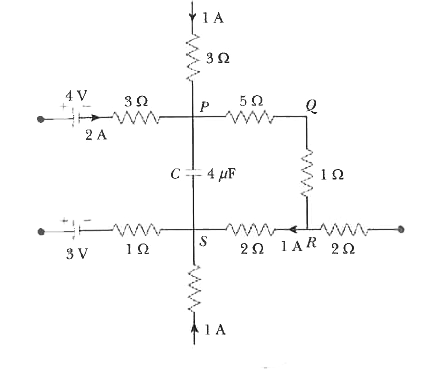
View Solution
Knowledge Check
If the figure shows a part of an electric circuit, then the current is
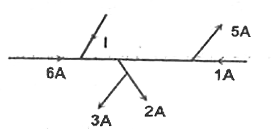 A1AB3AC2 AD4A
A1AB3AC2 AD4AFigure shows part of a circuit. Which points have the same potential as that of point a
 AdBfChDi
AdBfChDiThe figure shows a part of the circuit in the steady state. The currents, the valuces of resistances and emfs of the cells are shown in the figure. The circuit also contains a capacitor of capacitance C=μF. The value of i1 is-
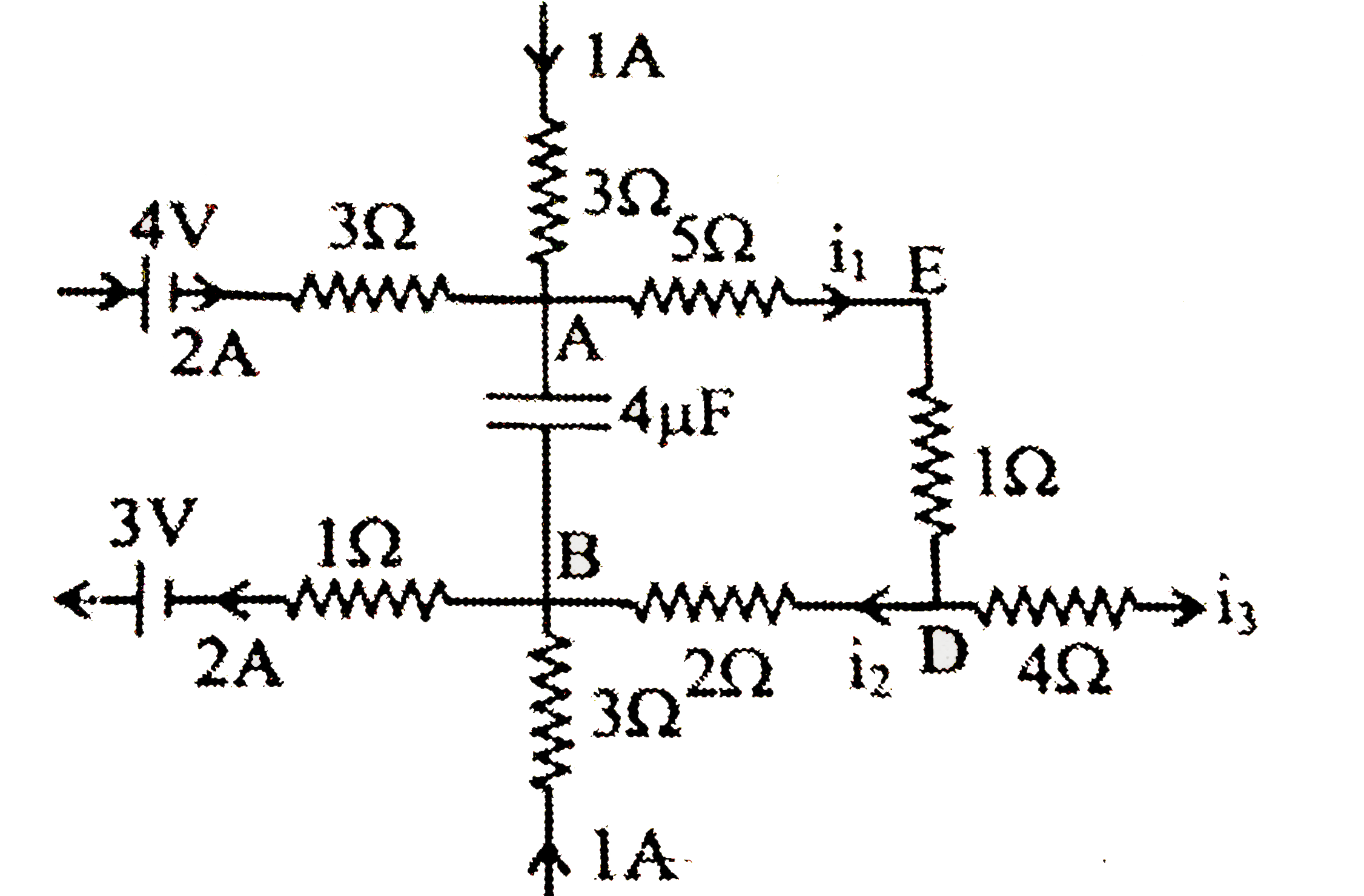 A1AB2AC3AD4A
A1AB2AC3AD4A
The figure shown is part of the circuit at steady state
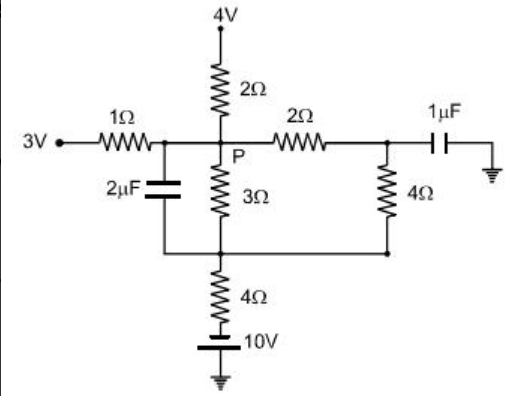
The potential of point P is :
View SolutionThe circuit shown in the Figure is in steady state. Find the rate of change of current through L immediately after the switch S is closed.
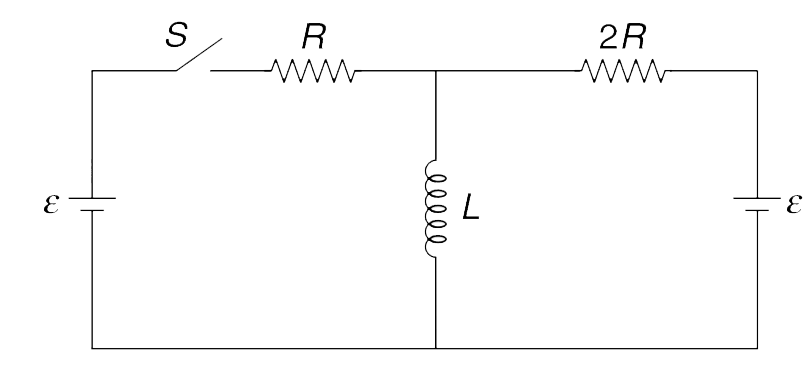
View SolutionFigure shows currents in a part of an electric circuit, then current l is
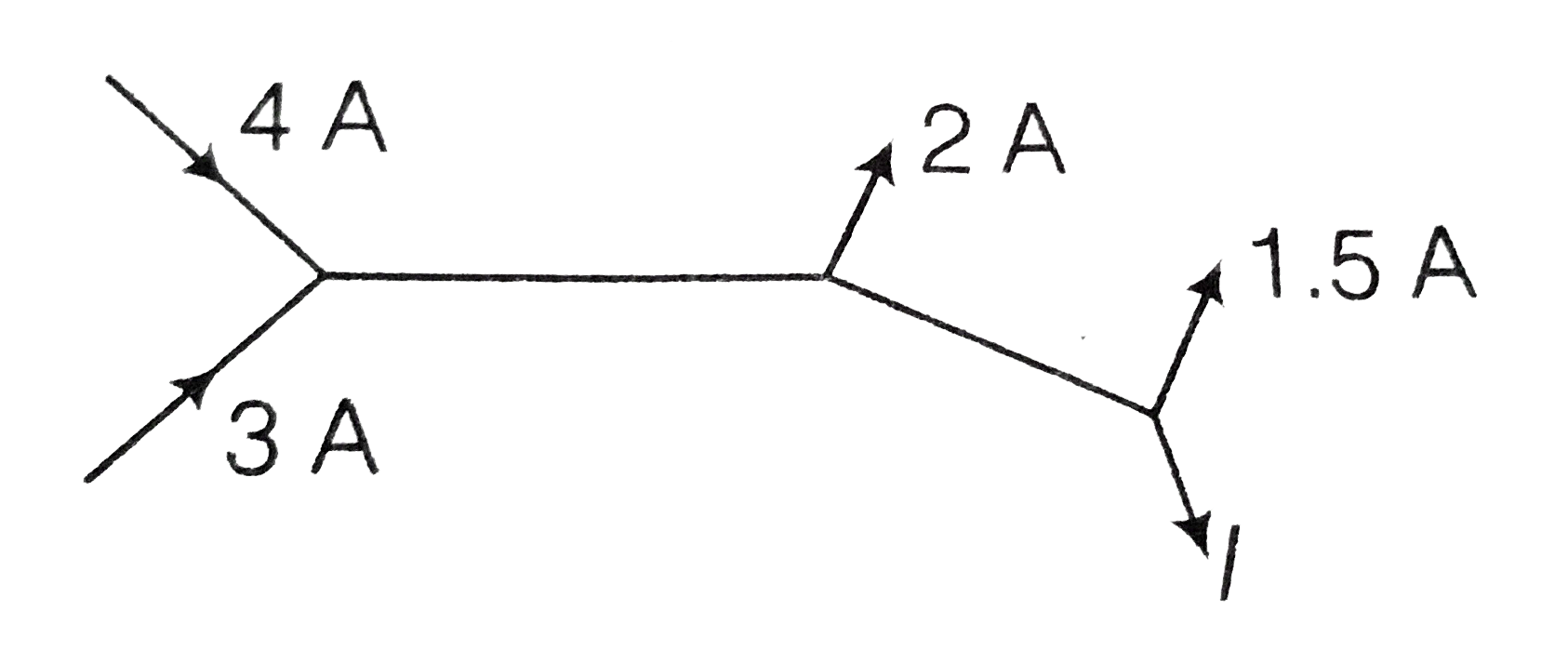
View SolutionThe following figure shows current in a part of electric circuit, then current I is
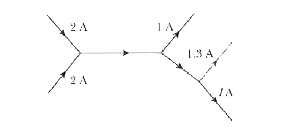
View SolutionFigure shows the p−V diagram of an ideal gas undergoing a change of state from A to B. Four different parts I, II, III and IV as shown in the figure may lead to the same change of state. ltBrgt
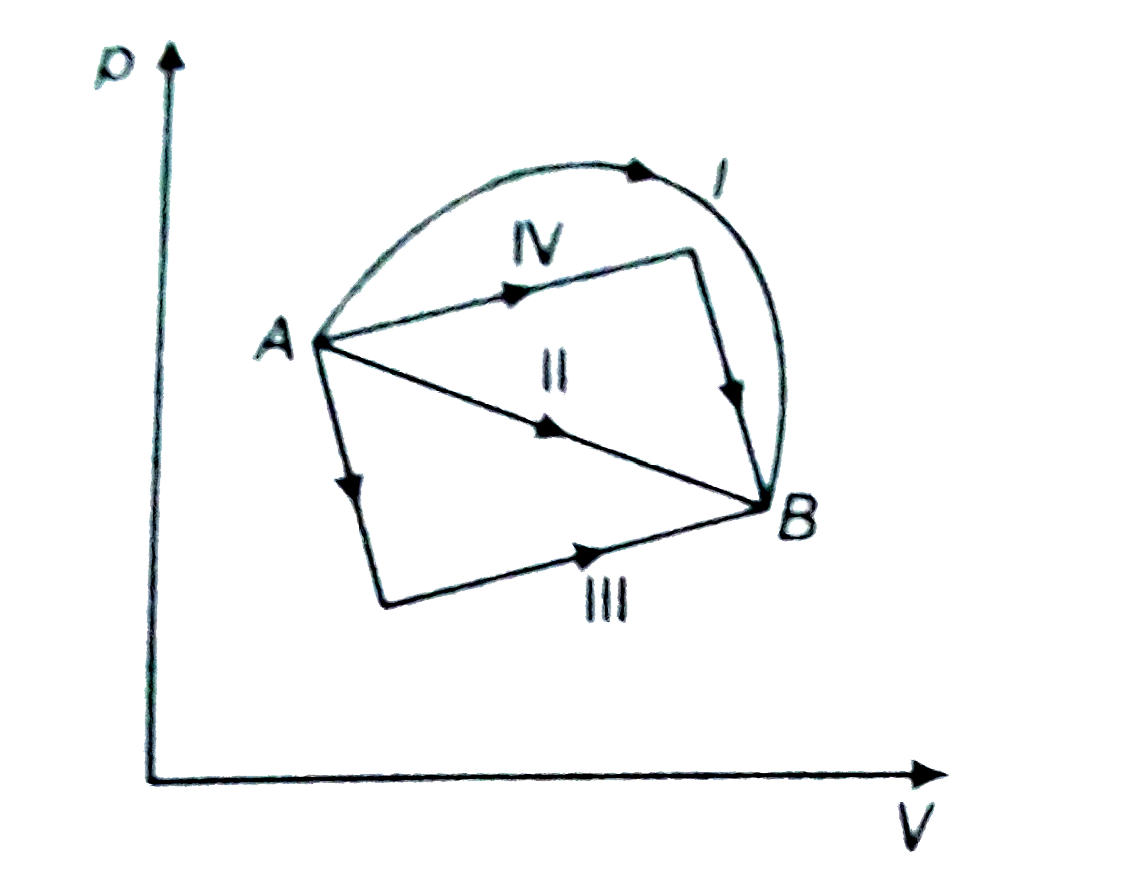
View Solution
